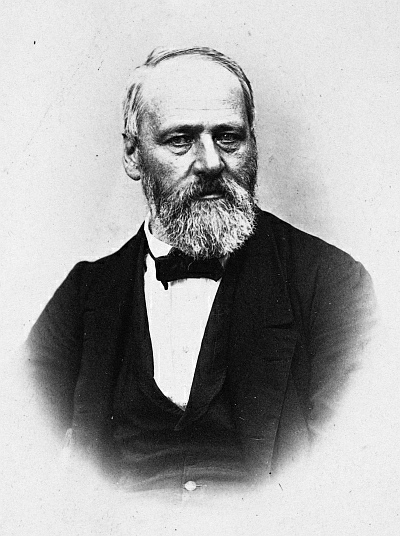Georg Pezolt on:
[Wikipedia]
[Google]
[Amazon]

 Georg Pezolt, also Petzoldt or Petzold (8 May 1810 in
Georg Pezolt, also Petzoldt or Petzold (8 May 1810 in
More works by Pezolt
@ ArtNet * {{DEFAULTSORT:Pezolt, Georg 1810 births 1878 deaths Painters from the Austrian Empire Landscape painters from Austria-Hungary Architects from the Austrian Empire Conservation and restoration of cultural heritage Artists from Salzburg People from Salzburgkreis

 Georg Pezolt, also Petzoldt or Petzold (8 May 1810 in
Georg Pezolt, also Petzoldt or Petzold (8 May 1810 in Salzburg
Salzburg is the List of cities and towns in Austria, fourth-largest city in Austria. In 2020 its population was 156,852. The city lies on the Salzach, Salzach River, near the border with Germany and at the foot of the Austrian Alps, Alps moun ...
– 28 October 1878 in Salzburg) was an Austrian painter, architect and art critic, who became the first monument conservator in Salzburg.
Life and work
He served a apprenticeship with thestill-life
A still life (: still lifes) is a work of art depicting mostly inanimate subject matter, typically commonplace objects which are either natural (food, flowers, dead animals, plants, rocks, shells, etc.) or human-made (drinking glasses, books, ...
painter, . At the age of seventeen, he accompanied him on a trip to Italy, with an archaeological expedition for which Wurzer was serving as a sketch artist. He returned to Salzburg in 1837, where he initially focused on painting, but would later issue a book of 144 lithograph
Lithography () is a planographic method of printing originally based on the miscibility, immiscibility of oil and water. The printing is from a stone (lithographic limestone) or a metal plate with a smooth surface. It was invented in 1796 by ...
s; ''Most interesting points from Salzburg, Tyrol and the Salzkammergut''.
After 1850, he began to spend more time devoting himself to other tasks. Through the high esteem for his works expressed by Archbishop Schwarzenberg, and his later work as a conservator, he came to have a significant influence on ecclesiastical art in the region. He was also a significant contributor to the development of the Salzburg Museum and a respected member of the Salzburger Kunstverein (Artists' Association). In addition, he took some students; notably Josef Mayburger, who was only four years his junior.
At first, he favored imagery based on ancient Roman art
The art of Ancient Rome, and the territories of its Republic and later Empire, includes architecture, painting, sculpture and mosaic work. Luxury objects in metal-work, gem engraving, ivory carvings, and glass are sometimes considered to be m ...
, but gradually became more attracted to the work of the Nazarene movement
The epithet Nazarene was adopted by a group of early 19th-century German Romantic painters who aimed to revive spirituality in art. The name Nazarene came from a term of derision used against them for their affectation of a biblical manner of c ...
, which created an intellectual conflict with his scholarly pursuits. Although generally praised, he came under some criticism for relying too much on his imagination, rather than research.
What may be his most notable restoration involved the tower of the Franciscan Church, built in 1498. His only original architectural work was the "Borromäus Church", in Neo-Byzantine
Neo-Byzantine architecture (also referred to as Byzantine Revival) was a Revivalism (architecture), revival movement, most frequently seen in religious, institutional and public buildings. It incorporates elements of the Byzantine architecture, ...
style, on the Mirabellplatz in the district. It was demolished in 1972.
Sources
* * F. Martin: "Petzoldt (Pezolt), Georg". In: Hans Vollmer (Ed.): ''Allgemeines Lexikon der Bildenden Künstler von der Antike bis zur Gegenwart'', Vol.26: Olivier–Pieris. E. A. Seemann, Leipzig 1932, pg.517 * * Peter Keller (Ed.): ''Ein Traum von einer Stadt: Georg Pezolt (1810–1878) und Salzburg''. Dommuseum zu Salzburg, 2011.External links
More works by Pezolt
@ ArtNet * {{DEFAULTSORT:Pezolt, Georg 1810 births 1878 deaths Painters from the Austrian Empire Landscape painters from Austria-Hungary Architects from the Austrian Empire Conservation and restoration of cultural heritage Artists from Salzburg People from Salzburgkreis